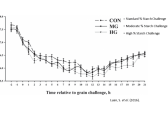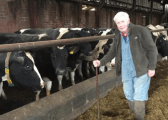Heat stress in dairy cows
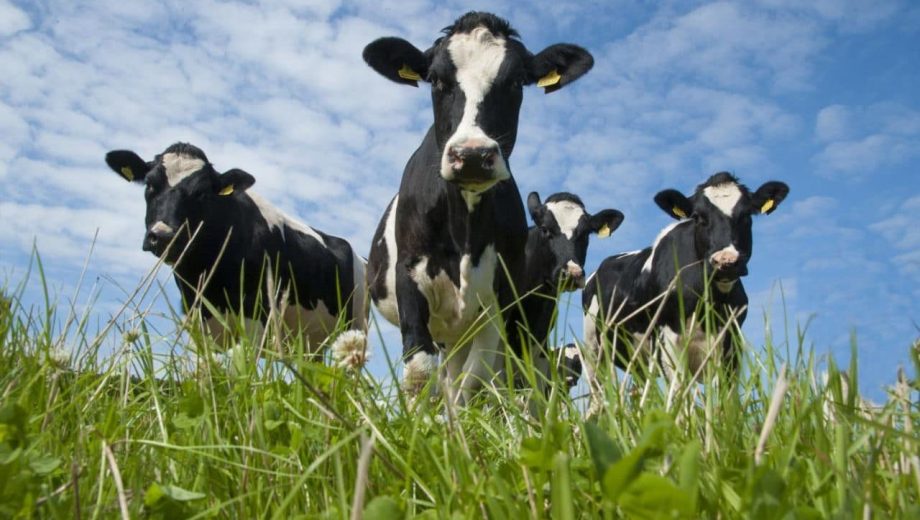
We have all welcomed the sun this week however the increase in temperature will have a negative impact on lactating cows.
Dairy cows need to maintain a constant body temperature of approximately 38.8 OC and are sensitive to changes in air temperature, radiant temperature, air flow and relative humidity. Heat stress has a direct effect on farm profitability whereby a reduction in milk yield and fertility are typically seen.
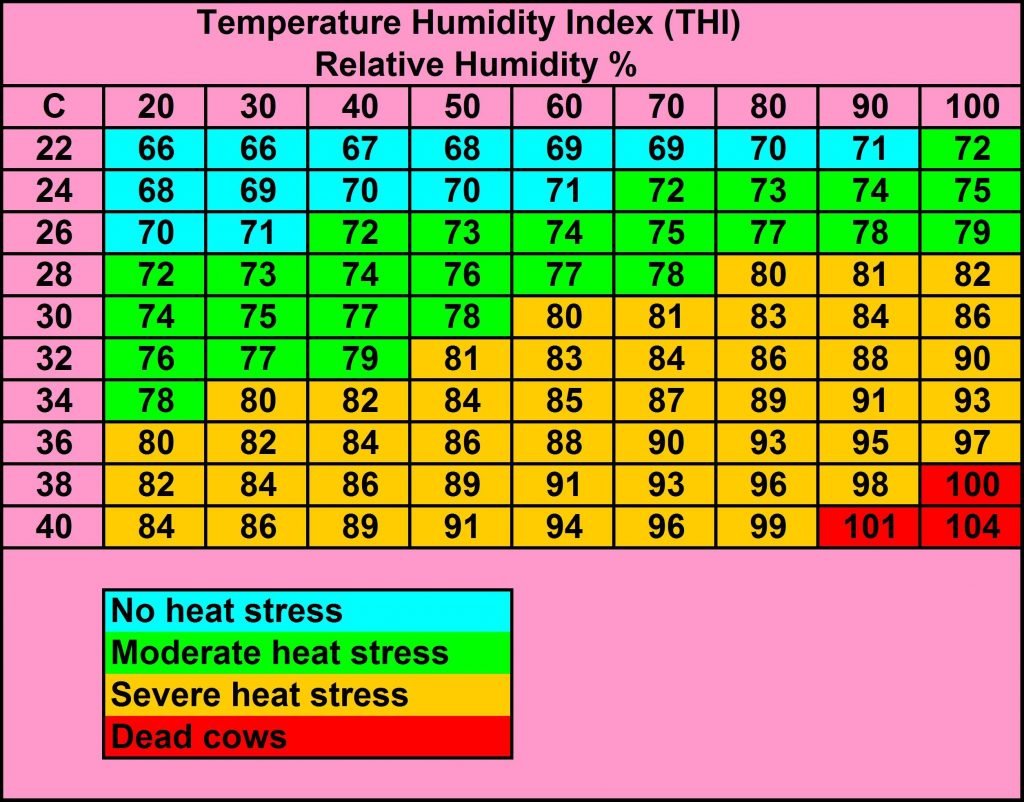
The upper critical temperature for a dairy cow is 25 OC and in order to counteract this and maintain thermal balance a cow will use two key tactics; increase heat dispersion and limit heat production.
Increasing heat dispersion requires an increase in metabolic maintenance requirements by increasing blood flow to the skin, panting and/or drooling, for example, creating an energy expense.
Limiting heat production by the animal means there is often a reduction in activity and feed intake. A large proportion of the heat generated in a cow is due to rumen fermentation, as a result the cow will reduce feed intake and be more selective, in particular consume less roughage, in order to limit rumen activity and thus heat production. This will also have a negative impact on rumination which may lead to further health problems such as acidosis. An increase in maintenance energy requirements coupled with a reduction in feed intake results in less availability of nutrients for milk synthesis.
Studies have also identified a negative impact on fertility during periods of heat stress due to the changes in feed intake and cow activity. A reduction in oestrus behaviour, oocyte quality and changes in hormone production have been shown to reduce conception rates by 20-30% during the summer months.
An increase in ambient temperatures has also shown to create changes in behaviour such as a reduction in lying time by as much as 30%, cows will stand for longer periods in order to aid thermoregulation. This behaviour can lead to or exacerbate any issues with lameness.
A review by Polsky and Von Keyserlingk (2017) identified several changes in behaviour seen in cows during periods of heat stress such as frustration and aggression. The study highlighted the welfare implications in periods of elevated ambient temperatures.
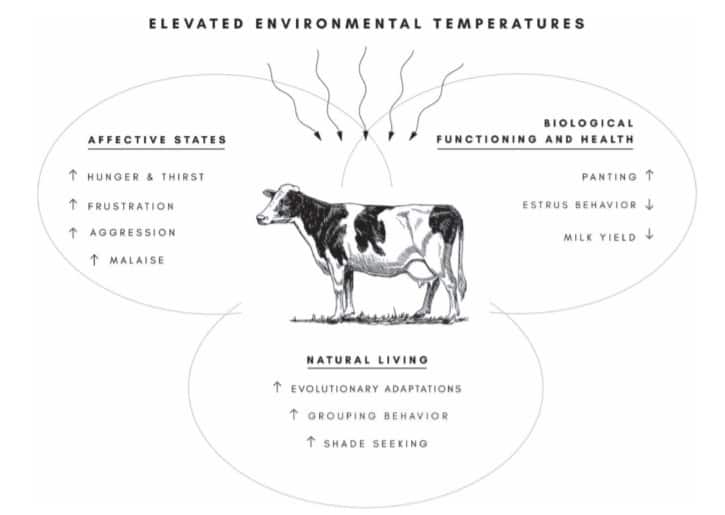
(Source: Polsky and Von Keyserlingk, 2017)
MANAGING HEAT STRESS
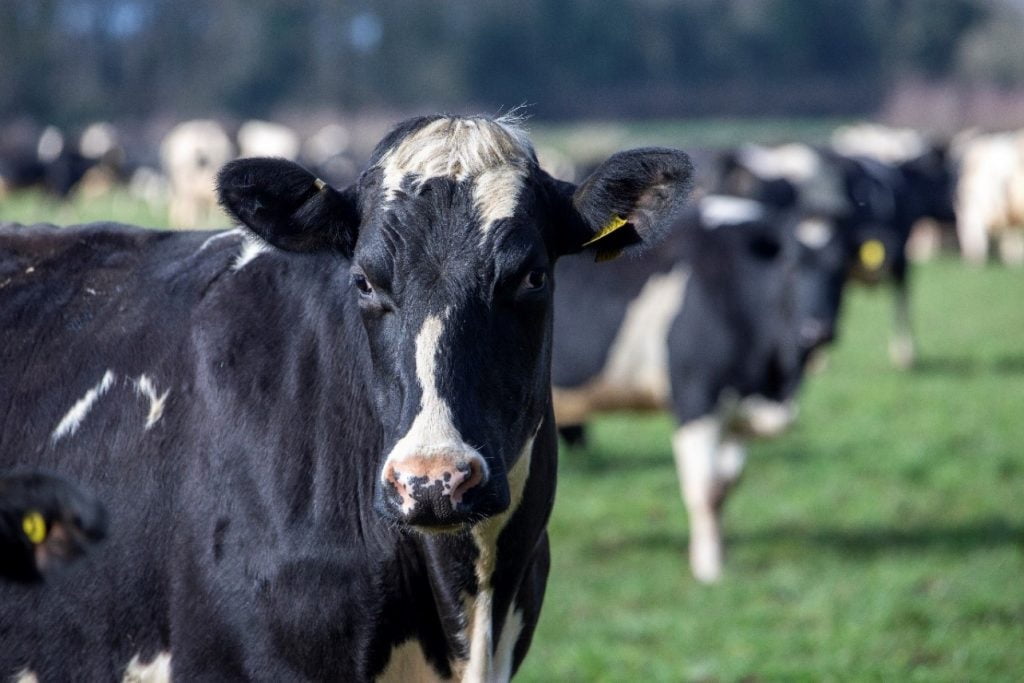
Increasing nutrient density of the diet
Feeding high quality forages and more concentrates should help to maintain the energy requirements of the cow with reduced dry matter intakes. However, care should be given so as to maintain a balanced diet and not increase the risk of acidosis. Inclusion of feed additives such as yeast and buffers help to improve rumen function, reducing heat load of the diet.
Change feeding times
Feeding 60% of the ration between 8pm and 8am. Cows will eat less during the day (little but often) and the majority consumed at night when temperatures are cooler.
Water availability
Ensure 10-15% of the herd can drink at any one time, with ample access in yards and grazing areas. Cows are reluctant to walk >250m for a drink so ensuring fields have adequate supply is important. Cows will typically consume 4-4.5L per kg of milk, this can increase by 10-20% during warmer periods.
Shade/shelter
Housed cows will require good ventilation where fans and sprinklers can help to keep them cool, or simply removing boarding to increase airflow. Reduce stocking density and increase loafing space if possible.
In grazing situations ensuring there is field shelter (trees/outbuildings) for shade and daytime grazing fields are close to the milking parlour to reduce walking time in the summer heat.
HJ Lea Oakes feeding solutions
Our ActiGraze 15 and ActiGraze 12 contain double rate ActiSaf live yeast to help maintain optimum rumen function and reduce heat load in the diet.
If you would like to discuss options to manage heat stress please get touch with your sales representative or any member of the technical team at HJ Lea Oakes.


